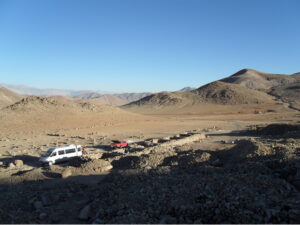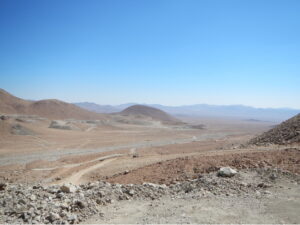
- Mexico | 15 March 2016

What was the reason behind creating the centralized procurement office?
When Pemex created the four subsidiaries and the corporation in the early 1990s, the procurement function was decentralized across these entities. Each subsidiary has different divisions, and PEP, for instance, has 16 divisions (‘subdirectorate’) with most having procurement units. In total, Pemex has over 100 procurement units, but with its immense purchasing power, it is not achieving economies of scale and processes are not standardized, leading to inefficiencies. It is possible that the company is negotiating with the same supplier and obtaining very different market conditions. The majority of gas and oil companies have centralized their procurement function in the last 10 to 15 years, aiming to achieve market conditions with the best international practices. Procurement directly or indirectly affects production, finance, human resources, and so on. Thus, it makes sense to view it as a cross-functional function rather than a vertical or hierarchical process. Real benefits come from strategic decisions. Previously, the decentralized procurement function was reactive, which means that if they needed something, they would buy it without any real strategy and with very little planning. With strategic sourcing, the company can proactively purchase, resulting in economies of scale, savings, efficiency, faster processes, and strategic relationships rather than transactional ones with suppliers.
How is the integration process going?
All decentralized procurement offices are being consolidated into this procurement division, which includes around 3,000 people. On average, Pemex spends between USD 25 billion and USD 30 billion per year on an average of 30,000 contracts. The guiding light for the process is that operations should not be affected.
Suppliers complain that the previous process was not efficient. How will this change?
In parallel with the integration, we are segregating the different areas within procurement such as market intelligence, administration, cost estimation, and the legal area to increase efficiency. We need to specialize, create purchasing managers and teams by category to have experts in what we buy, such as drilling equipment, pipes, vessels, etc. For example, in PEP, there are four production divisions, each of which is managed completely separately. As a supplier, you can sell equipment to the northern land division, but to do the same in the south, you have to start the process from scratch. In the end, suppliers have to knock on more than a hundred doors. The consequence is that many suppliers do not want to do business with Pemex, so the company does not have access to the full range of technologies that can meet its needs. Through the procurement division, an “institutional” relationship with all suppliers will be established for all of Pemex, so the process will be more efficient.
Will Pemex make long-term decisions that are not based on the lowest cost?
Over the years, we have created a culture in which suppliers offer the lowest possible price and then modifications are requested during the contract because the total life cycle costs were not considered. What started at $100 could end up costing $130 when we could have signed a $110 contract from the beginning. The mentality has to change. Another aspect is that many of our suppliers are not good. They are capable of winning contracts, but they are not capable of delivering on time. That causes many problems for Pemex. The reform will help us because we will be able to think like a private company. One problem with being a government agency is that we are public employees. We adhere to regulations that private companies do not have to follow. We are inspected by transparency entities that do not incentivize us to take risks and make good decisions.














